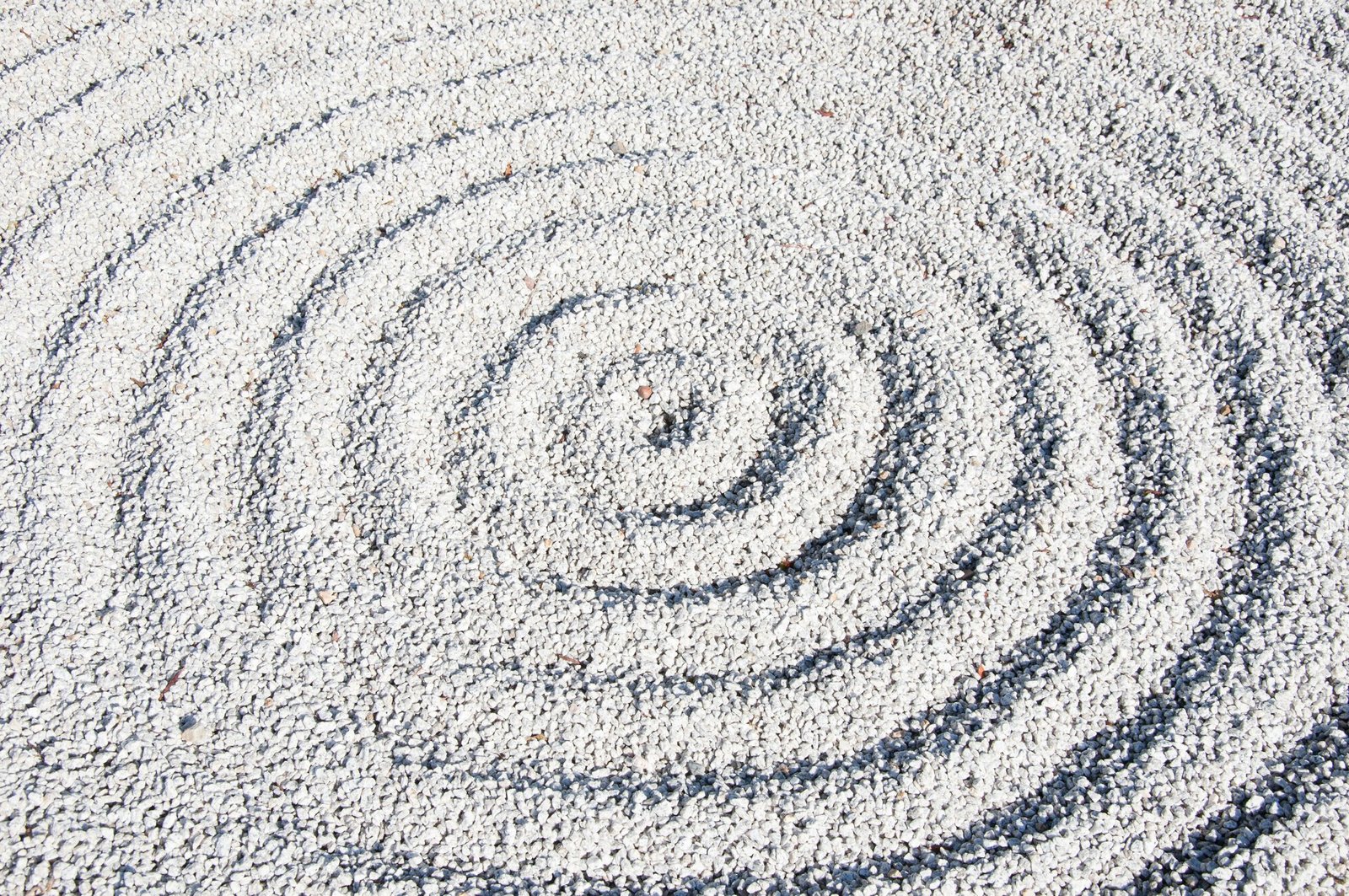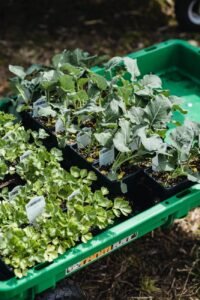Having a healthy garden soil is the foundation for a thriving garden. It provides the necessary nutrients, retains moisture, and supports the growth of plants. One of the best ways to maintain a healthy garden soil is through the magic of mulching. Mulching not only enhances the appearance of your garden but also offers numerous benefits to your plants and soil. In this article, we will explore the wonders of mulching and provide you with some tips on how to effectively mulch your garden.
What is Mulching?
Mulching is the practice of covering the soil surface with a layer of organic or inorganic material. This layer acts as a protective barrier between the soil and the environment. Organic mulches, such as wood chips, straw, or compost, break down over time and enrich the soil with essential nutrients. Inorganic mulches, such as gravel or plastic, do not decompose but help conserve moisture and prevent weed growth.
The Benefits of Mulching
Mulching offers a wide range of benefits for your garden soil. Let’s take a closer look at some of the magic it brings:
1. Moisture Retention
Mulching helps to retain moisture in the soil by reducing evaporation. It acts as a protective layer, preventing water from evaporating too quickly under the hot sun. This is especially beneficial during dry periods when water conservation is crucial. By keeping the soil moist, mulching ensures that your plants have a constant supply of water, reducing the need for frequent watering.
2. Weed Suppression
A layer of mulch acts as a natural barrier, preventing weed seeds from germinating and growing. Mulching blocks out sunlight, which is essential for weed growth. This means less time spent pulling weeds and more time enjoying your garden.
3. Temperature Regulation
Mulching helps regulate soil temperature by insulating it from extreme heat or cold. During hot summer months, mulch keeps the soil cool and protects plant roots from heat stress. In colder climates, it acts as a protective blanket, keeping the soil warm and preventing frost damage.
4. Soil Enrichment
Organic mulches, such as compost or shredded leaves, gradually break down and improve the soil’s fertility. As they decompose, they release nutrients into the soil, providing a constant source of nourishment for your plants. This natural process enhances the soil structure, promotes beneficial microbial activity, and encourages earthworms and other beneficial organisms.
5. Erosion Prevention
Mulching helps prevent soil erosion by reducing the impact of heavy rain or strong winds. The layer of mulch acts as a protective shield, preventing soil particles from being washed or blown away. This is particularly important on slopes or in areas prone to erosion.
How to Mulch Your Garden
Now that you understand the benefits of mulching, let’s dive into some tips on how to effectively mulch your garden:
1. Prepare the Soil
Before mulching, prepare the soil by removing any weeds or debris. Loosen the soil surface with a garden fork or rake to allow the mulch to penetrate easily. This step ensures that the mulch makes direct contact with the soil, maximizing its benefits.
2. Choose the Right Mulch
Select a mulch that suits your needs and preferences. Organic mulches are recommended for most gardens as they improve soil fertility and have a natural appearance. Wood chips, straw, or compost are popular choices. Inorganic mulches, like gravel or plastic, are better suited for specific situations, such as preventing weed growth in pathways or conserving moisture in arid regions.
3. Apply an Adequate Layer
Apply a layer of mulch that is around 2-4 inches thick. Avoid piling mulch directly against plant stems or tree trunks, as this can create a moist environment and promote rot or disease. Leave a small gap around the base of plants to allow for air circulation.
4. Maintain the Mulch
Over time, organic mulches will break down and become incorporated into the soil. Replenish the mulch layer as needed to maintain an adequate thickness. Remove any weeds that manage to penetrate the mulch layer to prevent them from competing with your plants for nutrients and water.
5. Consider Mulching Seasonally
Depending on your climate and gardening goals, you may need to mulch seasonally. In colder regions, you can apply a thicker layer of mulch in the fall to insulate the soil during winter. In hotter regions, you may need to replenish the mulch layer more frequently to combat evaporation.
By incorporating mulching into your gardening routine, you can create a healthy and thriving garden soil. The magic of mulching offers a multitude of benefits, from moisture retention and weed suppression to soil enrichment and erosion prevention. So, grab your favorite mulch material and start transforming your garden into a flourishing oasis!















